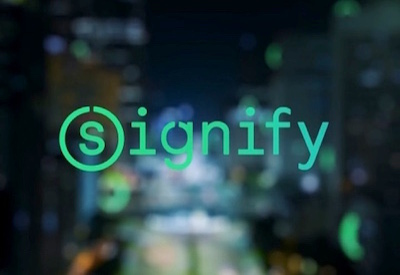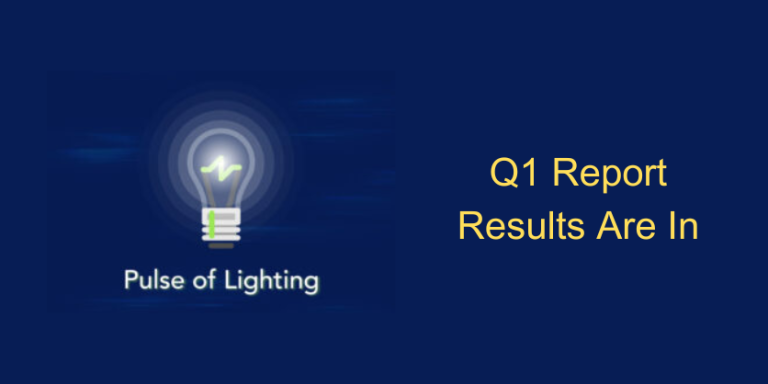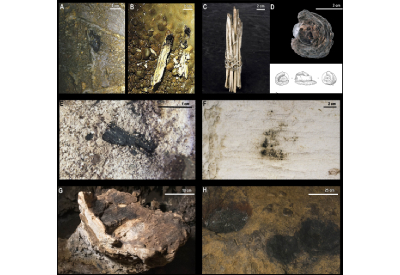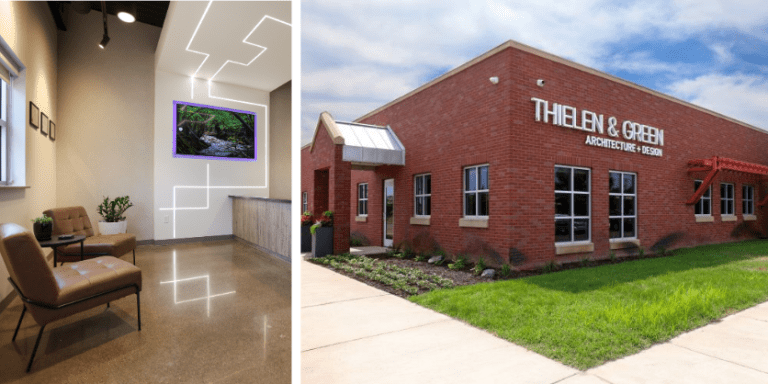Signify Calls on EU to Accelerate Conversion to LEDs

July 6, 2021
In the EU, where lighting is estimated to be responsible for around 10% of all electricity use, findings by Signify reveal that by upgrading conventional luminaires to LED presents the union with a significant opportunity to help it achieve net zero carbon emissions in 2050. Such a switch will further help the 27 member states meet the goals of the European Green Deal and deliver on their commitments as part of the Paris Agreement.
Upgrading the EU’s existing 2.3 billion conventional luminaires to LED will reduce the amount of CO2 emissions by 50.9 million tonnes.1 This is the equivalent of CO2 that 2.3 billion trees – a forest larger than the United Kingdom – would sequester in a year. The electricity savings would amount to 188.5 TWh, which is the equivalent of the annual consumption of 51.8 million households or more than a quarter of all the households in the EU. This translates into EUR 40 billion in savings on electricity costs per year across the 27 member states. Additionally, for every EUR 1 million invested in energy renovation of buildings, an average of 18 jobs are created in the EU.2
Our findings reveal that switching to connected LED lighting provides the EU with a golden opportunity to help reach its emission reduction goals and stimulate national economies,” said Harry Verhaar Global Head of Public & Government Affairs at Signify.
Upgrading professional lighting, which includes the lighting in offices, industrial complexes, roads and parks, and in shops and hotels, presents the biggest opportunity with a potential reduction of CO2 emissions of 42 million tonnes. Furthermore, it is one the quickest and least intrusive parts of a building renovation, while providing the highest electricity savings of any replacement technology.
Additionally, having EU citizens upgrade all their residential lighting, would reduce CO2 emissions by 8.9 million tonnes per year.
Given that the biggest opportunity is in the professional segment, Signify calls upon the EU to more than double the rate of building renovations to 3% per year and to make the switch to smart LED lighting.3 This should also be accompanied by an EU-wide public information program targeted at consumers to explain the environmental and economic benefits of making the switch in their homes.
The switch to LED lighting reflects sentiment expressed by the International Energy Agency (IEA). In its recent ‘NetZero by 2050’ report, it recommended that LED light bulb sales “should reach 100% by 2025 in all regions” of the world and that minimum energy performance standards should be accompanied by smart control of appliances.
“The urgency to take climate action has increased in the past year,” said Harry Verhaar, Global Head of Public & Government Affairs at Signify. “Our findings reveal that switching to connected LED lighting provides the EU with a golden opportunity to help reach its emission reduction goals and stimulate national economies. The key to realizing this is to accelerate the rate of building renovation to 3% per annum. The switch to LED lighting will see an initial investment paid back in less than two years. It’s a no-brainer for the planet, Europe’s digital future and for job creation.”
1 EU data presented here is a simulation within the framework of the EU Green Switch conventional light point conversion model, which is a program run by Signify to help its customers accelerate the switch to energy-efficient lighting products, systems and services. All figures and data presented here are illustrative and based on forecasts and assumptions. The figures relate to the EU 27 states. If they related to al European countries, the reduction would nearly double to 100 million tonnes of CO2.
2 ‘Building Renovation: A kickstarter for the EU recovery,’ Renovate Europe.
3 ‘Smart LED lighting’ is defined as LED lighting that is connected to software controls or is connectable.








